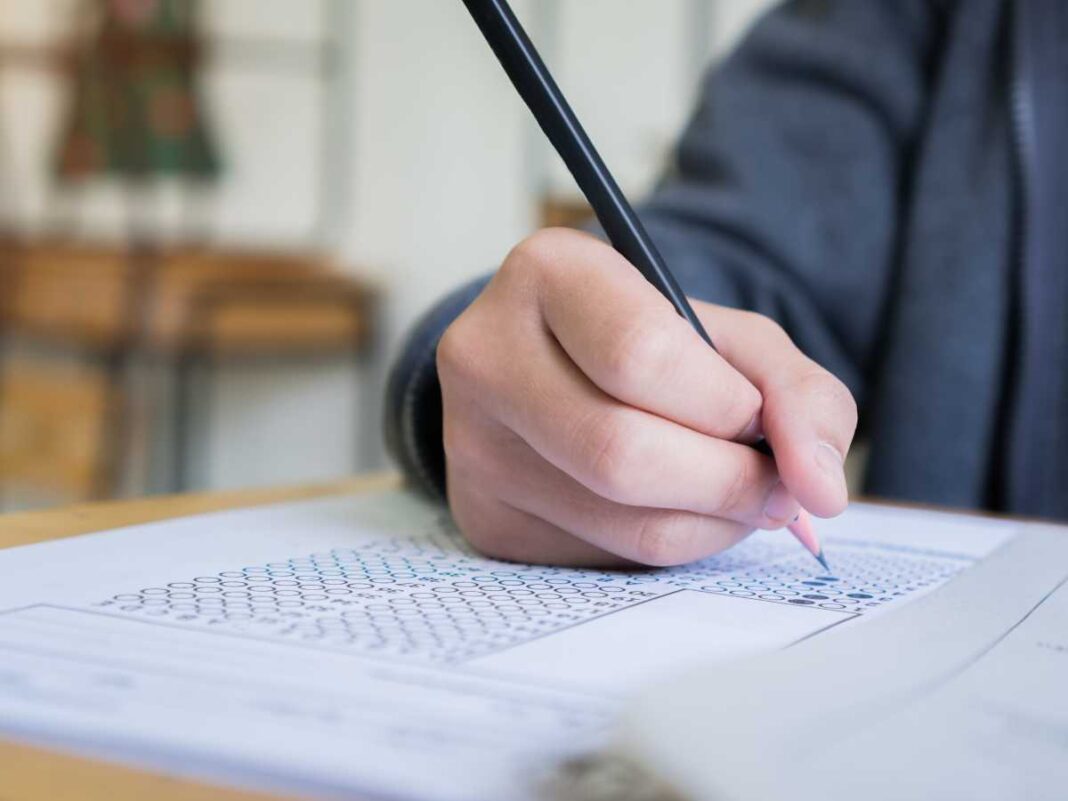Standardized testing has been a cornerstone of educational assessment for decades, aiming to evaluate student achievement and inform educational policies. However, its role in modern education is a subject of intense debate. This article explores the multifaceted impact of standardized testing on students, teachers, and the broader educational landscape.
The Role of Standardized Testing in Education
Standardized tests are assessments administered and scored in a consistent manner. They are designed to measure students’ performance against common criteria, providing data that can inform curriculum development and educational accountability. Since the mid-1800s, these tests have aimed to offer a fair and objective means of comparing student achievement across different districts and demographics.
Standardized testing helps reduce teacher bias and support curriculum development by highlighting learning gaps and setting educational benchmarks. Tests like the SAT, ACT, and various state assessments enable educators to track progress over time and address achievement gaps among different student populations.
Positive Impacts of Standardized Testing
Fair Assessment: Standardized tests provide a uniform platform for all students, aiming to ensure that everyone is evaluated based on the same criteria. This removes biases from evaluations, offering equal opportunities to showcase abilities.
Benchmarking
These tests allow for measuring student performance against national or international standards. By identifying and analyzing strengths and weaknesses, educators can customize certain methods and instructions to meet the diverse needs of the students.
Accountability
Standardized testing holds schools and teachers accountable for student outcomes. It serves as a tool for ensuring quality education and guiding policy decisions.
Instructional Guidance
The data from standardized tests can help teachers identify areas where students struggle, allowing for targeted interventions and improving overall educational strategies.
College Admissions
Standardized tests like the SAT and ACT play a pivotal role in evaluating student readiness for higher education, providing colleges with a common measure to compare applicants.
Equity
By offering the same test to all students, standardized testing aims to level the educational field, particularly benefiting underrepresented groups who might otherwise be overlooked.
Negative Impacts of Standardized Testing
Despite these benefits, standardized testing has significant drawbacks that impact students and educators alike.
Teaching to the Test
In an effort to improve test scores, teachers may focus narrowly on test content, limiting exposure to a broader curriculum. This approach can stifle creativity and reduce the development of critical thinking skills.
Narrowed Curriculum
Subjects not covered by standardized tests, such as art and music, may be de-emphasized or eliminated altogether. This narrowing of the educational experience deprives students of a well-rounded education.
Fairness Concerns
Standardized tests may not account for diverse learning styles and backgrounds, potentially disadvantaging certain students. Socioeconomic factors can heavily influence test performance, perpetuating educational inequalities.
Result Misusage
The use of test scores in making important decisions, such as teacher evaluations and school funding, can lead to counterproductive practices. This may encourage schools to prioritize test preparation over genuine learning.
The Double-Edged Sword of Standardized Testing
Research indicates that standardized testing has a dual impact on education. On one hand, it can lead to improved self-assessment and self-efficacy, helping students to gauge their understanding and progress. On the other hand, it contributes to test anxiety and may widen the achievement gap, particularly affecting underprivileged students who may lack access to test preparation resources.
Alternatives to Standardized Testing
To combat these challenges, educators and policymakers are developing alternative assessment methods that offer a more holistic view of student learning.
Performance-Based Assessments (PBA)
The National Education Association (NEA) advocates for performance-based assessment (PBA) as a more equitable and accurate measure of student achievement. PBAs focus on critical thinking, problem-solving, and the application of knowledge to real-world scenarios.
For example, students might engage in projects, presentations, or collaborative tasks that allow them to demonstrate their understanding in diverse ways. This approach encourages creativity and deeper learning, moving beyond the limitations of traditional standardized tests.
Teacher-Led Assessments
Empowering teachers to design and implement assessments can lead to more meaningful evaluations. By incorporating formative evaluations, teacher observations, and student feedback, educators can tailor assessments to meet the growing needs of their students, providing for a more inclusive learning environment.
The Call for Reform
There is a growing consensus that while standardized testing has a role in education, it should not be the only method for student’s success. Critics argue for policy reforms that reduce the emphasis on high-stakes testing, advocating for a more balanced approach that considers a variety of assessment methods.
Organizations like the Massachusetts Consortium for Innovative Education Assessment (MCIEA) are working to create fair and effective accountability systems that move beyond standardized tests. By focusing on multiple dimensions of school quality and student engagement, these initiatives aim to provide a more comprehensive picture of educational outcomes.
Conclusion
Analyzing the effects of standardized testing on education requires a nuanced perspective that acknowledges both its benefits and shortcomings. While standardized tests can offer valuable data and accountability, they also present significant challenges that can hinder genuine learning and perpetuate inequality.
Embracing alternative assessment methods, such as performance-based assessments and teacher-led evaluations, may provide a more holistic approach to measuring student achievement. By fostering creativity, critical thinking, and inclusivity, educators can help students prepare better for success beyond the walls of a classroom.
The future of education assessment lies in finding a balance that upholds standards of excellence while adapting to the diverse needs of learners. It is through thoughtful reform and innovative practices that we can create an equitable education system that truly reflects the potential of every student.


